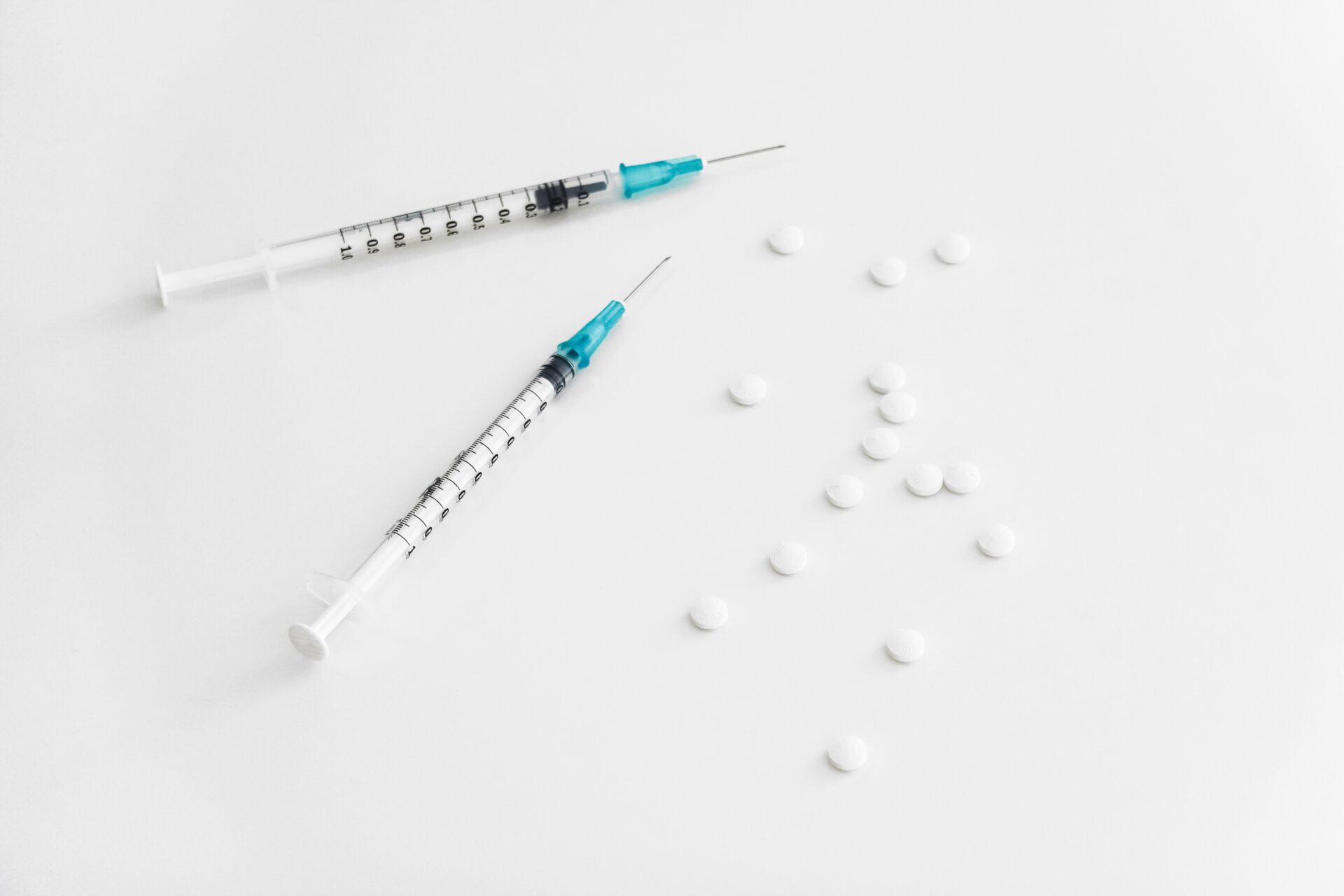High retention rates reported for take-home opioid agonist treatment during COVID-19
The cohort of people studied before and during COVID-19 were characterized by extreme structural vulnerabilities. Despite this, take-home, or out of clinic, opioid agonist treatment (OAT) doses were proven highly effective during lockdown, even amidst rising numbers of fatal overdoses in the general population.
Opioid agonists are medications that prevent withdrawal and reduce cravings for opioid drugs. Zach Bouck, PhD candidate at the Dalla Lana School of Public Health at University of Toronto and Research Associate at the Centre on Drug Policy Evaluation at St. Michael’s Hospital, assessed the impact of COVID-19 among people who inject drugs.
Bouck describes the purpose of opioid agonist treatment: there are two forms of treatment, both of which had required daily visits to the prescribing clinic to administer.
“For individuals who have moderate to severe opioid use disorder in Canada, regardless of what province or territory you’re in, the recommended first-line treatment for that is either methadone, which comes in a liquid formulation, or Suboxone, which comes in a sublingual or under the tongue tablet,” says Bouck.
Health Canada implemented a number of initial changes to OAT protocols in response to the state of emergency declaration on March 17, 2020. Days later, on March 20, 2020, the Centre for Addiction and Mental Health (CAMH) released guidelines for pharmacists providing OAT. These guidelines included ensuring each patient had a take-home naloxone kit given the risk of opioid overdose is higher in the first two weeks of OAT. Other guidelines to reduce the spread of COVID-19 included using discretion regarding the number of take-home doses and whether to ask patients to return used bottles.
“[The temporary federal exemptions to the Controlled Drugs and Safety Act] allowed prescribers—clinicians, nurse practitioners, etc.—to both refill and extend prescriptions remotely to help make sure that there’s no gaps in care. And it allowed pharmacy employees to deliver these prescriptions, including liquid agonist treatment to people who are self isolating at home,” adds Bouck.
Bouck outlines the expected outcome of the study given the occurrence of the pandemic given the increased rates of of drug related overdose in the general population.
“What we would have expected in isolation from the pandemic restrictions is potentially worsening opioid agonist treatment enrollment over time, increases in overdose, which is what we’re seeing at the Toronto level and provincial level in the larger population. We would have expected an increase in incidence of all causes but probably driven by opioid related overdoses because of the adulteration of the drug supply,” explains Bouck.
There was a discrepancy in the cohort studied between the expected versus realized outcomes of the changes to service delivery during the pandemic on people who inject drugs.
“We didn’t see an increase in opioid related overdoses. Quite surprising because our actual cohort, while not maybe representative of the entire population of people who inject drugs in Toronto, is characterized by extreme structural vulnerabilities and a lot of them have reported a recent overdose at baseline and frequent injection drug use,” says Bouck.
Listen to the full audio piece below. This is the third of three episodes in this series on the opioid crisis in Toronto:









